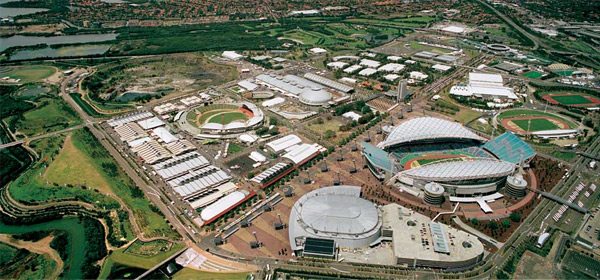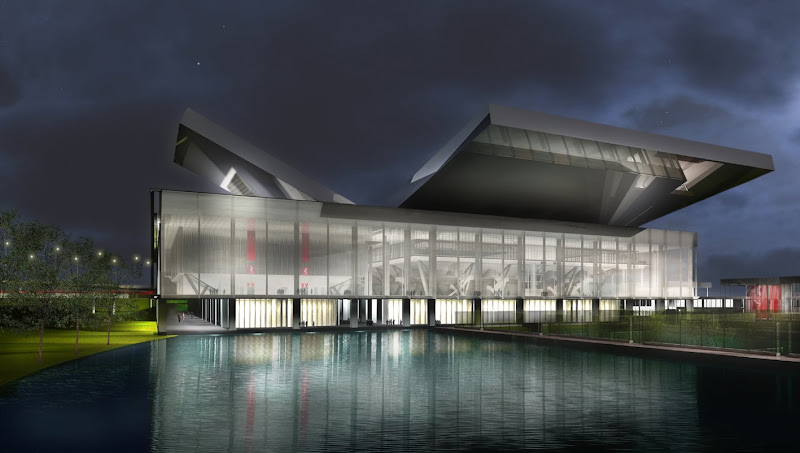The last day 3 May the city of Rio de Janeiro was official competition for the design of the Masterplan of the Olympic Games host of the year 2016. Delimited area comprises approximately 118.000 hectares located west of the city where you develop 15 sports. What is most curious is the deadline for submission of proposals will be to 30 June, really a challenge to make a proposal of this magnitude in only two months.
After reading this article I found interesting to do a little reflection on what it means for a city holding the Olympics, showing some examples of ancient seats. It is undeniable that the election as Olympic venue is a ample excuse for the city not only renew its sports facilities, but also its infrastructure and service provisions and accommodations, designing a comprehensive plan for this clean image and enhancement of tourist attractions. It means another decisive factor to improve its economic competitiveness and enhance the so-called "city marketing" selling the positive image of the city to the world.
Sometimes that choice as Olympic host has made amazing transformations as Barcelona in 1992, renewing its waterfront, incorporating new road infrastructure and building new stadiums, that of Athens in 2004 for which extended its metro and roads while granting certain stages authoring firms renowned architectural, or as in Beijing 2008 in which the symbol was erected media with spectacular stadium designed by Swiss architects Herzog and De Meuron.
Master the Sydney 2000 (BVN Architects)
Masterplan of Athens 2004 (BVN Architects)
Master the Pekín 2008 (Sasaki)
To London (2012) his election has been a fresh impetus to certain areas of the city especially for the Lower Lea Valley, as the site of much of the sports facilities, among which the winding waterskiing center of Zaha Hadid and her neighbor, Olympic Stadium built in the park designed by FOA.
Masterplan for London 2012 (Buro Happold, Allies & Morrison, Foreign Office y HOK Sport)
Olympic Stadium (FOA, London 2012)
Aquatic Center (Zaha Hadid, London 2012)
Another city like Madrid on their way to get the coveted Olympic Games celebrate being nominated for the same in the years 2012 and 2016 has built much of his Olympic program despite not being chosen, with the incorporation of relevant parts Stadium edificatorias as the comb (Cruz y Ortiz) or the Magic Box (Dominique Perrault).
Proposal to Madrid 2012 (Olympic Ring)
Caja Magica in Madrid (Project image, Dominique Perrault)









'Piece of post you've marked, Ralf!
It is interesting that you have collected images of several management plans for the various Olympic venues.
In his view, what comes to mind as the big simultud comment is in approach between this. It's like if you were using a recipe management, to provide spaces and landmarks.
It would be interesting to reflect on urban strategies so similar and, as they are so common in Exhibition, lead to huge economic efforts that are consumed during the event and then abandoned to their fate ghost town producing pieces that do not know how to take advantage.
The only group of spaces that has been positive for the city is the one Heizo in Barcelona 92. That if there was a consistent city project.
Thanks Federico. The truth is that this subject is for broad debate. Especially relevant is what you comment on their intended use these spaces, whether or Expos Olympic venues, end once events. I have understood that Olympic committees take into account in their choice to be present in every application programs reuse of these spaces to the city itself, however I doubt it's one of the priority criteria. At the end of organizing the Olympic Games is a very succulent business in premium is not always the opportunity of renewing the city.
Ralf me what I think is important to plan each Olympic Games is the day after,that hosting the Games is an excuse to reorganize and improve the infrastructure of the city, a clear example was Barcelona that served to regenerate and promote a wide area of the city.